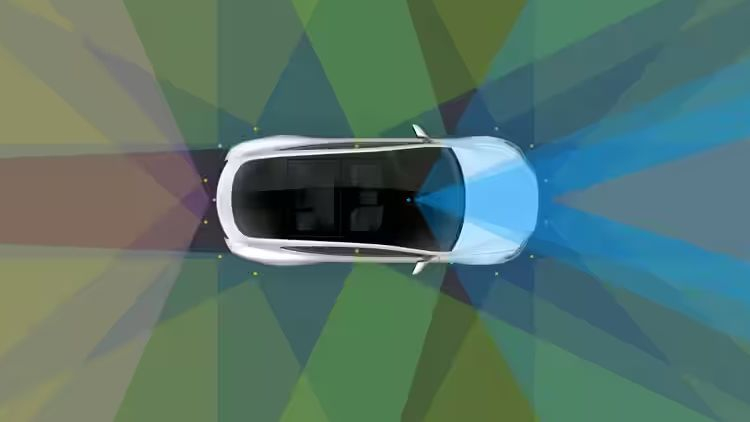TESLA

Automaker still sees no sense in independent chip production
Self-development of semiconductor components for Tesla is not a new activity – it has been equipping its electric vehicles with its own FSD neural processors since 2019, although before that it depended first on Mobileye solutions and then on NVIDIA. However, the automaker sees no point in independent chip production, as its representatives said at the reporting conference. At the same time, they highly appreciate suppliers' efforts to combat shortages.
Tesla Senior Vice President Andrew Baglino and CEO Elon Musk at the close of the reporting event competed with each other to talk about the situation with the shortage of semiconductor components, which forced the company to start optimizing the base element of its products. electric vehicles. Firstly, as previously reported, the lack of certain components forced Tesla to use others and adapt the software according to the applications where it is needed.
Second, as Mr. Baglino explained, Tesla uses about 1600 types of semiconductor components supplied by 43 different companies. Elon Musk added that he recently met with a representative of a major chip supplier and was very pleased with the results of negotiations with him. It was the close interaction with chip suppliers that allowed Tesla to ramp up production of electric vehicles over the course of several quarters, during which a shortage of semiconductor components remained. The company's partners are ready to invest in producing the semiconductor products that Tesla needs, as Elon Musk added.
Andrew Baglino noted that Tesla's electric vehicles have many custom components. This includes microcontrollers, power management components and passive power electronics. Vendors understand Tesla's needs and adapt to them, so the company doesn't have a special need to develop everything, let alone release it on its own. Over the past quarters, the company's chip shortage has been helped both by changing the naming according to the actual availability of certain components and by integrating various functions into a hardware solution. This helped the company identify reserves to optimize the component base, reducing the number of chips used in the car. In turn, the fewer elements in the system, the more reliable and cheaper it is. Now Tesla is not short of chips
Image source: Tesla

Nenhum comentário:
Postar um comentário